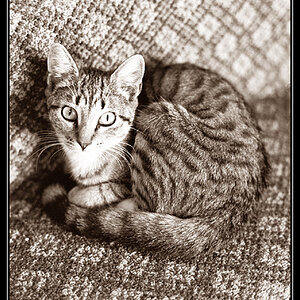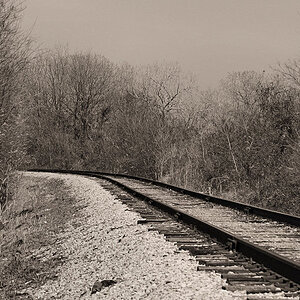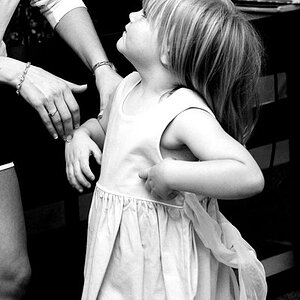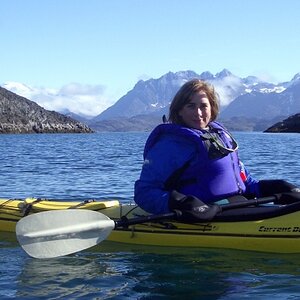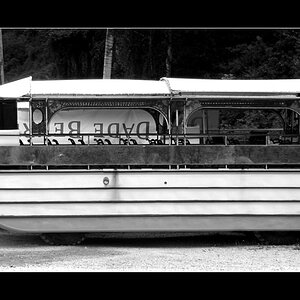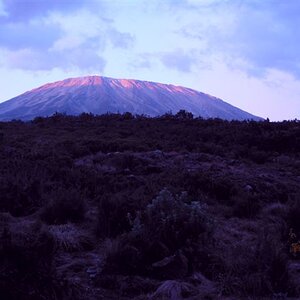Blended_Lemon
TPF Noob!
- Joined
- May 3, 2019
- Messages
- 2
- Reaction score
- 0
Hi everyone,
I've been getting into close up insect photography for a few years using a diopter on my kit lens and am finally looking into purchasing a true macro lens.
Can anyone make any lower cost recommendations of what might be appropriate for my needs.
Im using a Canon 500D body which I believe is ASP-C (Crop Sensor) and the main two potential lenses availiable locally (New Zealand) seem to be the Canon EF-S 60mm f/2.8 Macro USM and the Canon EF 100mm f/2.8 Macro USM
I've had some people suggest that you can utilise the crop factor with an EF lens to your advantage in macro, but as I think I'm unlikely to upgrade to a FF body then it may not be worth the loss of resolution and as I would like to use the lens for stitching some landscape imagery too, ideally I dont wan't to restrict my max. angle of view
Any advice here is appreciated, thanks in advance
I've been getting into close up insect photography for a few years using a diopter on my kit lens and am finally looking into purchasing a true macro lens.
Can anyone make any lower cost recommendations of what might be appropriate for my needs.
Im using a Canon 500D body which I believe is ASP-C (Crop Sensor) and the main two potential lenses availiable locally (New Zealand) seem to be the Canon EF-S 60mm f/2.8 Macro USM and the Canon EF 100mm f/2.8 Macro USM
I've had some people suggest that you can utilise the crop factor with an EF lens to your advantage in macro, but as I think I'm unlikely to upgrade to a FF body then it may not be worth the loss of resolution and as I would like to use the lens for stitching some landscape imagery too, ideally I dont wan't to restrict my max. angle of view
Any advice here is appreciated, thanks in advance


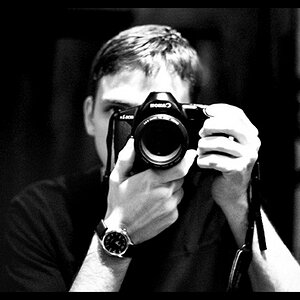
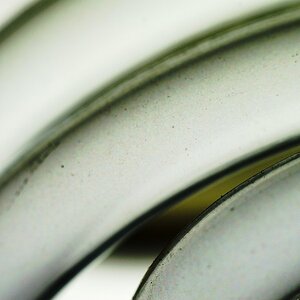
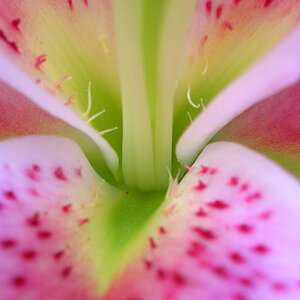

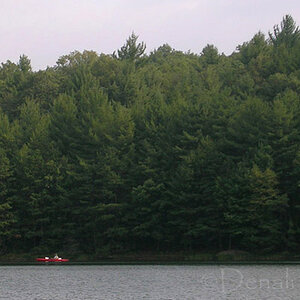
![[No title]](/data/xfmg/thumbnail/42/42056-76026251cb5ebb85b4a4d281d36121d8.jpg?1619739992)
